The world right now is booming with technology and development. This makes it easy for us to forget that we aren’t the first race to reach this ‘pinnacle of time’. Who was here before us? What is our lineage? Find out in this blog.
Alternate History of the Indus Valley Civilisation
Many scholars, ancient texts, and manuscripts regard India as the cradle of civilization. However, there is a long-held belief that there was once a lost civilization; Lemuria or the Kumari Kandam just off the coast of Kanya Kumari in Tamil Nadu. It was a vast and highly advanced civilization whose populace was familiar with gravity-propulsion aircraft, advanced architecture, metallurgy, and water management systems.
When the civilization of Kumari Kandam fell to the ocean’s depth (just like Dwarka), its populace ventured out towards Africa, Mesopotamia, Babylon, and eventually India; the land of the aboriginal Dravidians. People residing in today’s Pakistan, Iran, and Eastern India; were collectively called the Indus Valley Civilisation.
Origins of Lothal – India’s First Port City
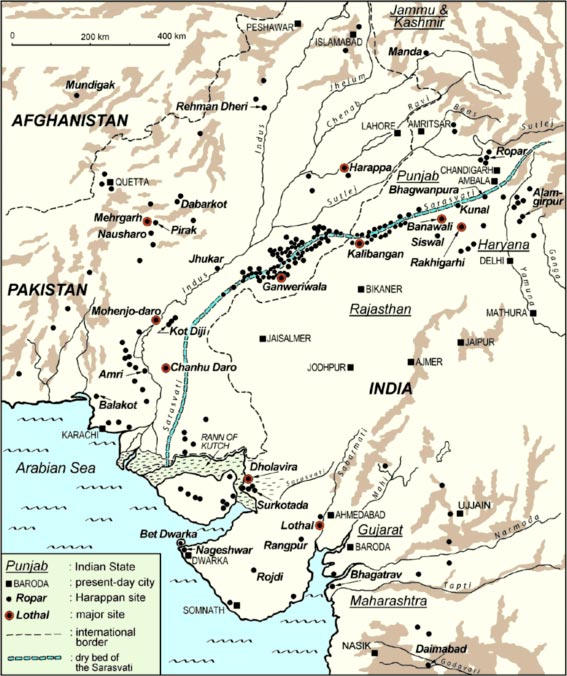
The excavation of Lothal was carried out by the Archaeological Survey of India In 1954 and was completed in the May of 1960. The city of Lothal lies approx. 85 kilometers south of Ahmedabad, Gujarat. The dock of Lothal connected the city to the Sabarmati river whose once ancient course housed the trade route between Harappan cities in Sindh (now Pakistan) and the peninsula of Saurashtra where the Kutch desert was a part of the Arabian Sea.
The history of Lothal is very rich. So, it remains one of the few Indus civilization sites that can be accessed without crossing national borders into Pakistan where lies Harappa and Mohenjo Daro (or Muen Jo Daro).
Fun fact: If you think that Indus Civilisation was the oldest civilization of India, you are mistaken. Because as per the latest findings, the Indus Valley civilization was not the most ancient civilization. Rather, it was a continuation and most probably, an improvement of a previously established settlement. With this in mind, let’s continue on to Lothal, the carrier of the Indus Valley Civilisation.
Meaning of the word ‘Lothal’
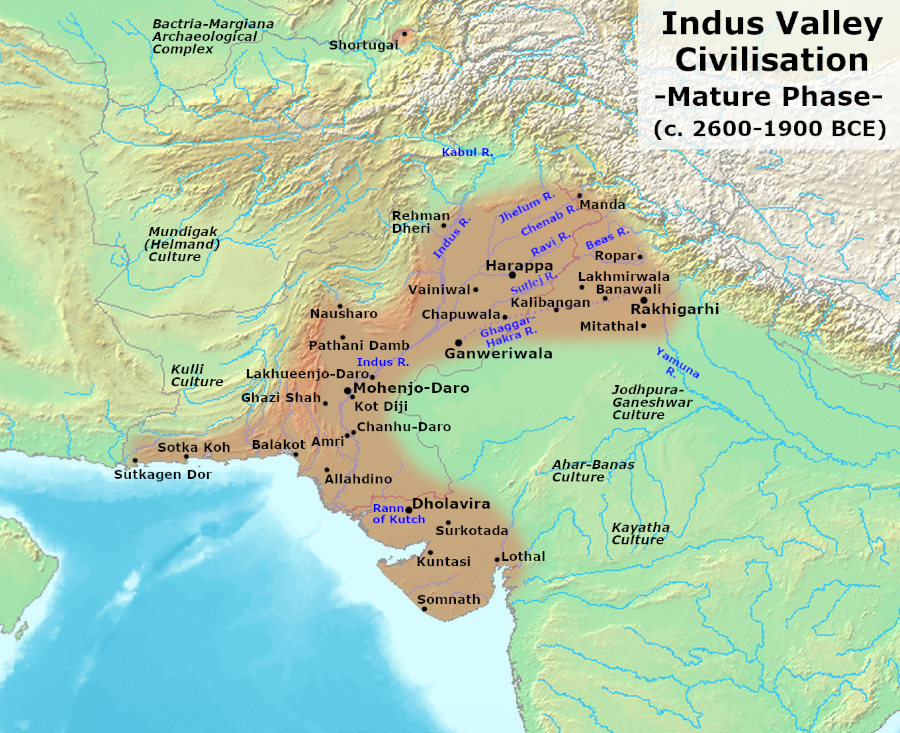
The meaning of ‘Lothal’ translates to ‘the mound of the dead.’ The reason behind this ominous-sounding name is the discovery of scores of buried skeletons, pots, utensils, and animal bones.
Recommended Watch: a 360-degree tour of Lothal
Lothal – India’s First Port City
Lothal’s architecture

Being so close to the Arabian Sea, the town of Lothal used to experience consistent floods and so, its rulers and experts in archaeology created a planned township to protect the area. Consequently, people bifurcated the city into an acropolis – the dockyard and the lower town.
The rulers of the town lived in the acropolis possessing underground and surface drains (built with kiln-fired bricks) and water wells. On the other hand, the lower town showcased shops for the rich and ordinary merchants and craftsmen.
Lothal’s Dockyard
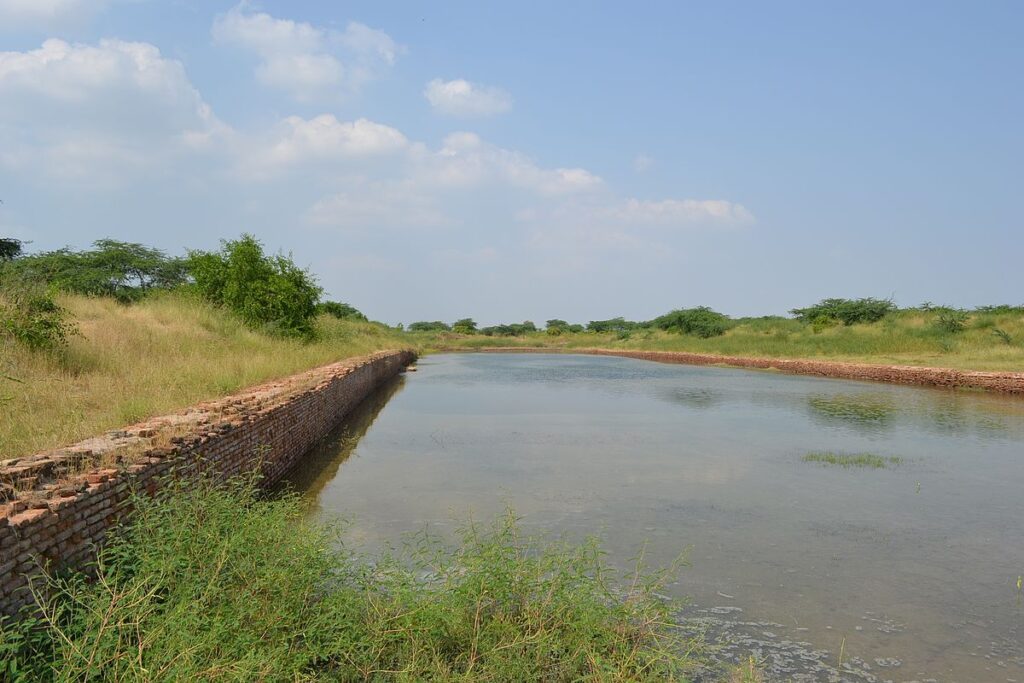

Since Lothal was a flood-prone area, there are speculations that its engineers (yes, engineers!) studied the tidal movements and the effects they had on brick-built structures.
Special Features:
- There wa a wooden lock-gate on the dock. This ensured that the boats and the trade vessels kept floating even during low tides. This gate was lowered at the right time to retain the minimum amount of water.
- To facilitate loading; brick-paved vents and a direct ramp were built that led towards the port warehouse. The warehouse was critical to Lothal’s economy. Like the acropolis, it was built on a raised platform to protect the goods from the flood. Despite these abundant precautions, the flood wiped out everything and buried it under layers of mud, silt and soil.
Lothal’s Civilization
Besides Lothal’s architecture; the residents were also well-versed in the science of city planning, architecture, archaeology, and metallurgy. In addition to that, their expertise in art, pottery, religion, beads, and jewelry is what made them prosper.
Science and engineering
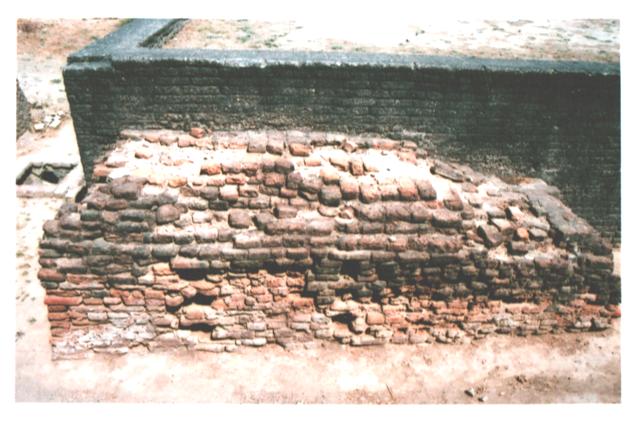
If you think Lothal was a town of simple-minded cattle hoarders then you cannot be more wrong.
- They built navigational instruments for accurately measuring angles and the position of stars;
- A phenomenal discovery unraveled immaculate network of underground drains. In addition to silting chambers and inspection chambers for solid waste management. A feature that few villages in India are still not privy to.
- Adding to the manufactured stone cubes of standard weights, Lothal possessed another series of weights. These conformed to the ‘Heavy Assyrian standard for international trade.’ How about that?!
Metallurgy and Jewellery
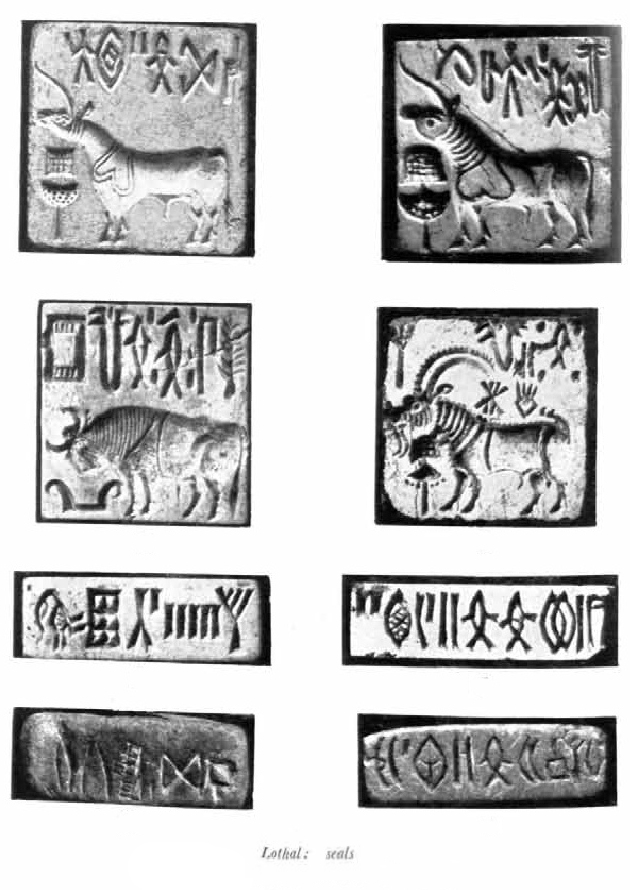
After the excavation of Lothal, the following discoveries were made:
- Pure-grade copper was found lacking the arsenic compounds typically used by the rest of the Indus Valley’s coppersmiths;
- Gamesmen, chess pieces, beads, ladles and inlays were made for export and local consumption;
- Evidence such as Gold ornaments, necklaces and bangles prove that advanced techniques were used to make such accessories.
Conclusion:
After reading the history of Lothal, we hope you understand how civilizations form, prosper, dwindle and then fall. The remaining things are just buried shreds of evidence of a populace that once lived there happily. So, what do you think about ancient civilizations? Comment your thoughts below.
Also follow India Chalk on Instagram for more amazing travel content. You can share your travel story with us. Reach out to us on email at contact[at]ndiachalk[dot]com. This blog is curated by India Chalk and written by Aishwarya D.

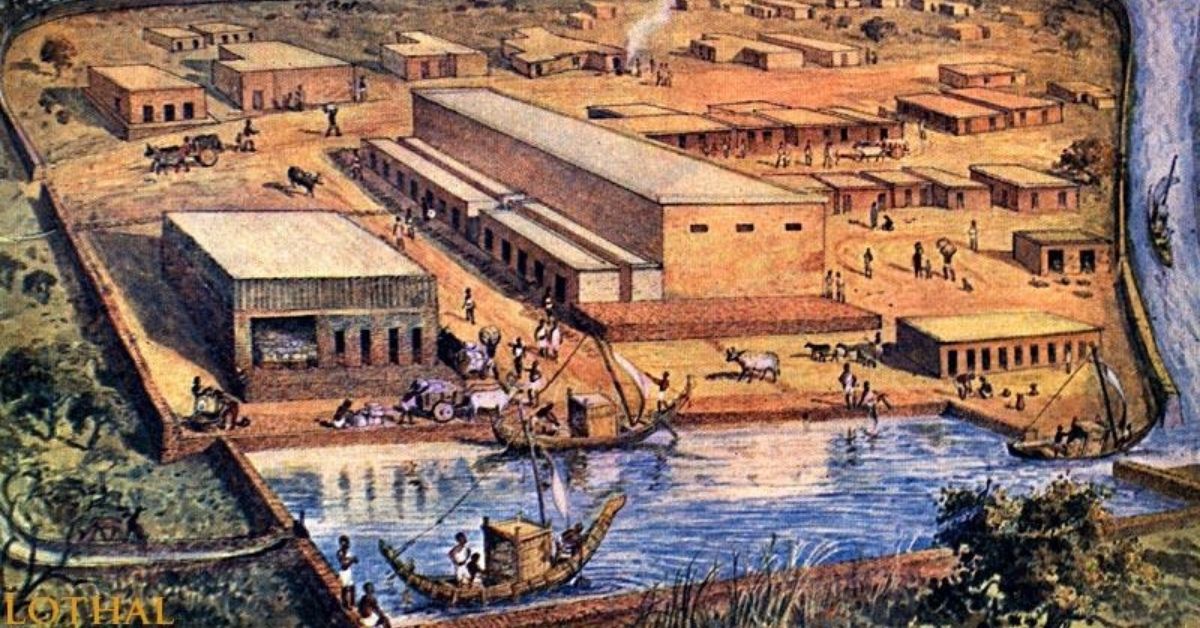
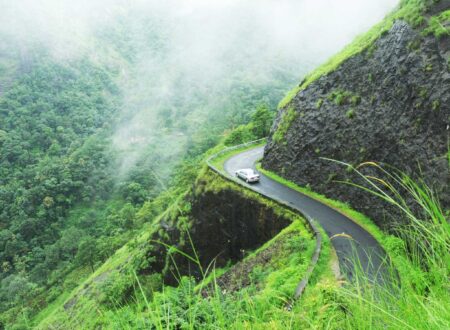
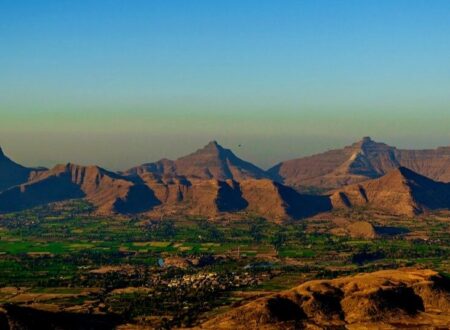


4 Comments